SUMMARY
This is AI generated summarization, which may have errors. For context, always refer to the full article.
ZAMBOANGA CITY, Philippines – The scars of the bloody siege that happened here a year ago are still evident. Bullet holes are seen on the walls of the KGK building in Barangay Sta Catalina that once served as the holding area for hostages and the command post of the Moro National Liberation Front (MNLF). While some of the residents dislocated by the war have rebuilt their lives, most still squat in roofless homes.
After MNLF rebels attacked this city on September 9, 2013, to declare independence, gun battles with policemen and soldiers dragged for 2 weeks, leaving 10,000 houses damaged or burned to the ground and forcing about 120,000 to flee their homes.

Today, most residents of Lustre, Barangay Sta. Catalina, have yet to return and rebuild their homes. A total of 15,130 city residents continue to live in evacuation centers, most of them in the Joaquin Enriquez Sports Complex where they were first brought at the height of the firefight. At least 9,790 are now relocated in temporary sites. (READ: Zambo crisis: The fog of war)
“Gusto na namin makabalik dito sa dati naming lugar dahil mahirap ang buhay sa Grandstand,” said Girlie Panasan while looking over the construction of her neighbor’s new house. (We want to return to our homes because life at the grandstand is hard.)
Some evacuees have received P30,000 (US$800) worth of construction materials courtesy of the government and humanitarian aid organizations. But in the case of Panasan, she has yet to receive her materials and, like many others, is unsure when they will arrive.
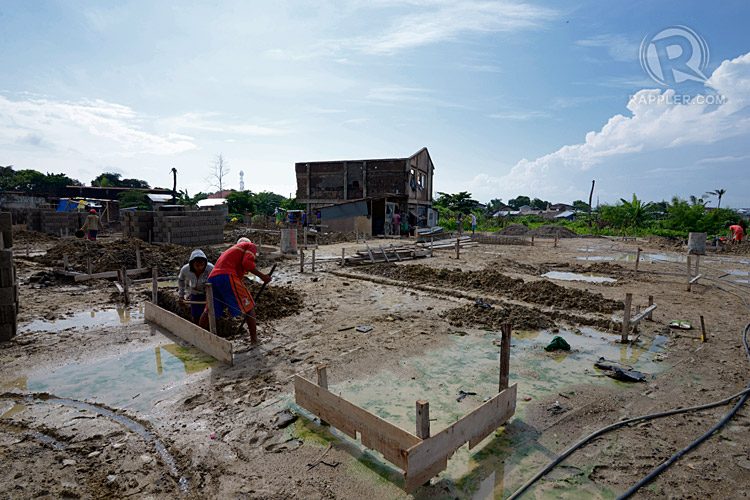
According to her, Zamboanga City Mayor Maria Isabelle “Beng” Climaco assured them that the funds for housing and resettlement for those displaced by the siege remain intact but that the city government has to first pay for the water and electricity that the evacuees at the sports complex continue to consume.
Panasan added: “Mahirap kapag mawalan [ng tubig at ilaw] dahil ngayon pa lang pumipila kami ng apat na oras para sa tubig. Paano na kapag wala? Marami ring mga magnanakaw at adik sa loob ng grandstand kapag walang ilaw aatake ang mga iyan.” (It’s hard to be cut off from electricity or water. As it is we have to line up for 4 hours to get our supply of water. And there are robbers and addicts in the grandstand. They attack under the dark.)
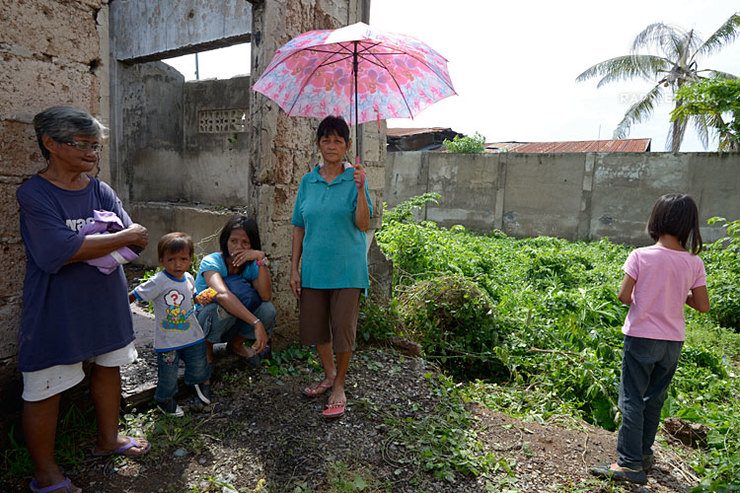
President Benigno Aquino III announced in the past that the government would spend some P3.8 billion ($164 million) for the relocation and rehabilitation of the evacuees from the Zamboanga siege.
The Zamboanga Road to Recovery and Reconstruction program plans to build 3,930 houses for 5,400 families. For now, however, only 219 houses are being built, officials said. The city’s Crisis Management Committee (CMC) has relocated some of the evacuees to relocation sites such as the village of Talungatung and Talungsangay, which are more than 20 kilometers away from where the evacuees used to live.
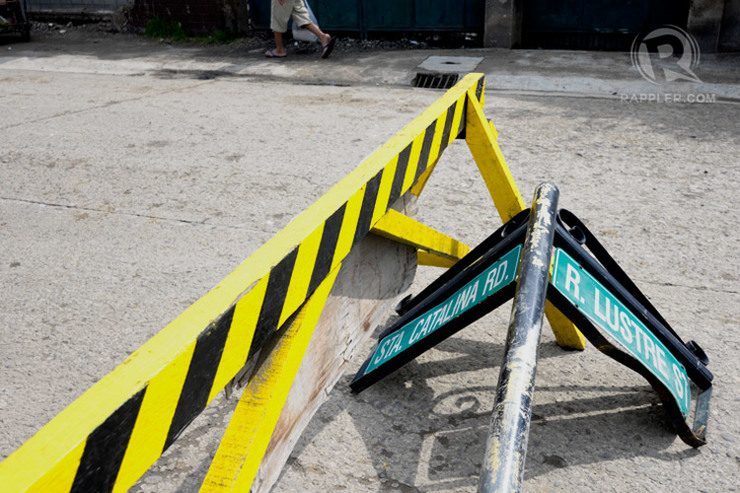
“Hindi namin kaya ang buhay sa Talungatung lalo na sa kalagayan namin kaya kami bumalik dito sa Sta. Catalina.” said Benjamin Leonardo, 74. (It’s hard to live in Talungatung given our situation. That’s why we came back here in Sta. Catalina.)
Suffering from diabetes, Leonardo finds it hard to push the wheelchair of her wife, Celadonia, 61, who is now paralyzed after recovering from a stroke. “Malubak at masukal, mahirap din ang akyat-panaog tuwing pupunta kami ng ospital para magpa-check up.” (The streets are rough and uneven. It gets even harder to go up and down when we go for medical check-up).
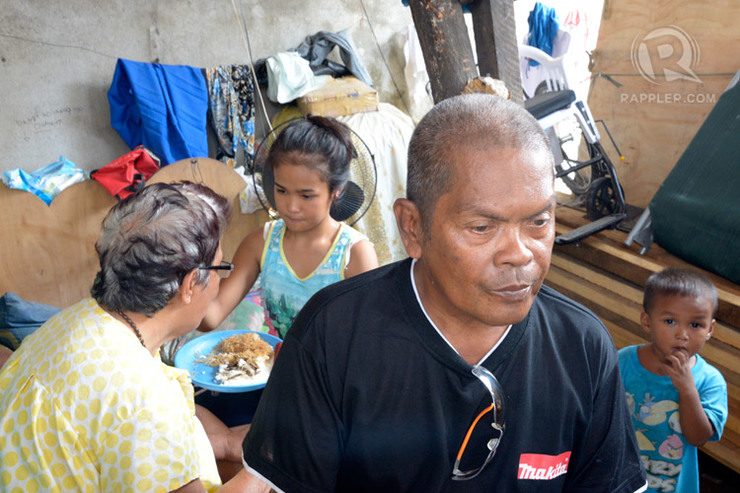
Fortunately for the Leonardo couple the lot where their house used to stand is titled in their name. They automatically qualify to receive construction materials to rebuild their home. But their neighbors are not as lucky.
Aireen Tabios, 32, Leonardo’s relative, will not be getting anything from the government since they have been informal settlers in the barangay with no land titles to show. “Wala kaming mapapakita na titulo kaya hindi kami mabibigyan ng bahay,” Tabios said.

At least 70% of Sta. Catalina residents are informal settlers. Most of them refuse to leave the village. The CMC is currently negotiating with lot owners to aid the informal settlers.
In the meantime, life remains a daily struggle a year after conflict forced them to leave their communities.
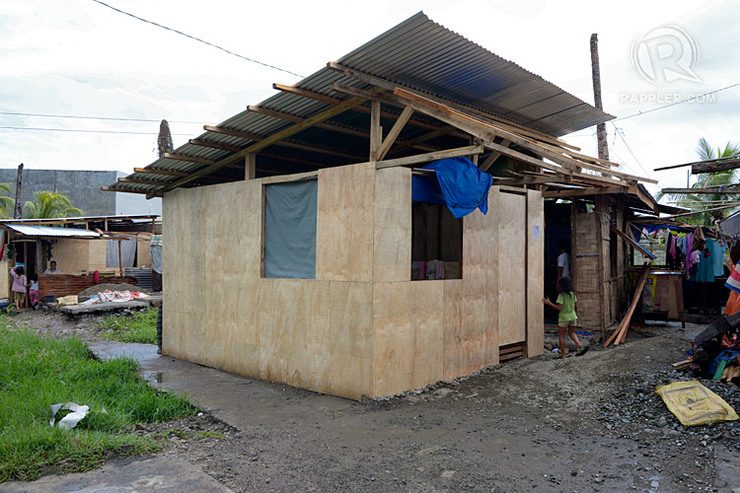
– Rappler.com
Add a comment
How does this make you feel?
There are no comments yet. Add your comment to start the conversation.